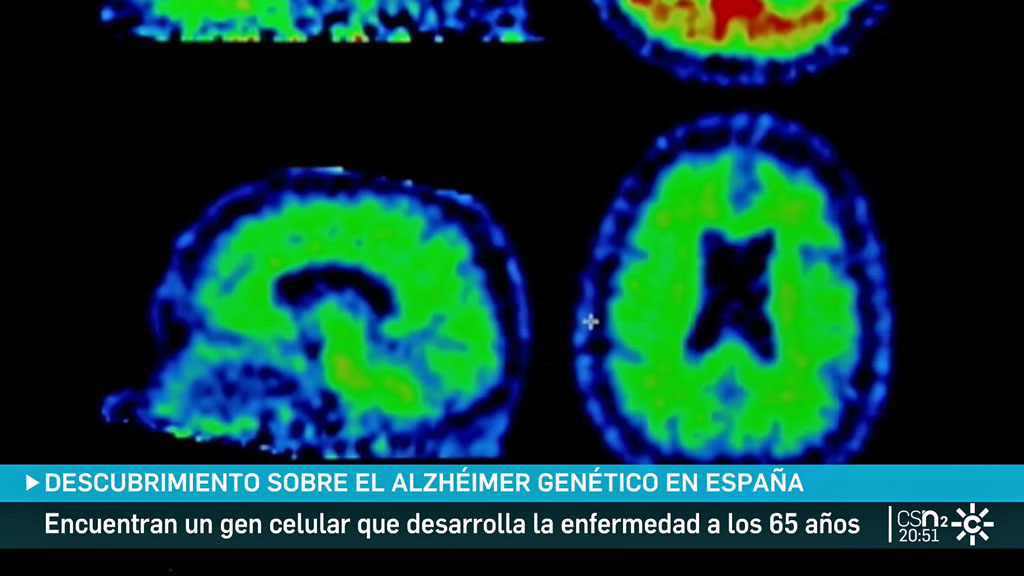Spanish researchers have discovered a new genetic form of Alzheimer’s disease

Researchers from the Sant Pau Hospital Research Institute in Barcelona determined new genetic form of Alzheimer’s disease which affects almost all people suffering two copies of the APOE4 gene.
The study, published this Monday in the journal Journal “Natural Medicine”changes the understanding of the effects of this gene and opens the door to new approaches in research Alzheimer’s disease, the most common form of dementia, affects millions of people around the world.
“It’s a pretty profound rethink because we’re saying that if you have this type of APOE4, there’s a greater than 95% chance that you’ll develop the biology of Alzheimer’s disease.” at 65 years old“Explained the director of the memory department of the neurological service of Sant Pau, Juan Fortea.
For decades, the scientific community has known that APOE4 is associated with an increased risk of developing Alzheimer’s disease, but until now it had not been established that this could be the case. determining the cause of the disease.
Thanks to this new research, the genetic variant of the APOE4 gene is no longer simply a risk factor, as was previously thought, but represents new genetic form of Alzheimer’s disease.
So it will be on the same level as two other forms that are already cataloged thus: Alzheimer’s disease is associated with Down syndrome (these are two extremely genetically related conditions) and autosomal dominant Alzheimer’s disease, a rare type of dementia, with a genetic component.
In the case of APOE4, it is estimated that between 2 and 3% of the general population have this gene variant. and among people with Alzheimer’s disease it ranges from 15% to 20%.
“We are talking about millions of people in Spain and many millions more in Europe and around the world, so new opportunities are opening up for us,” Fortea said.
This discovery may now allow research, prevention and treatment those already existing to stop the spread of the disease, as well as those that will appear in the near future, better focused that segment of the population with that genetic characteristic.